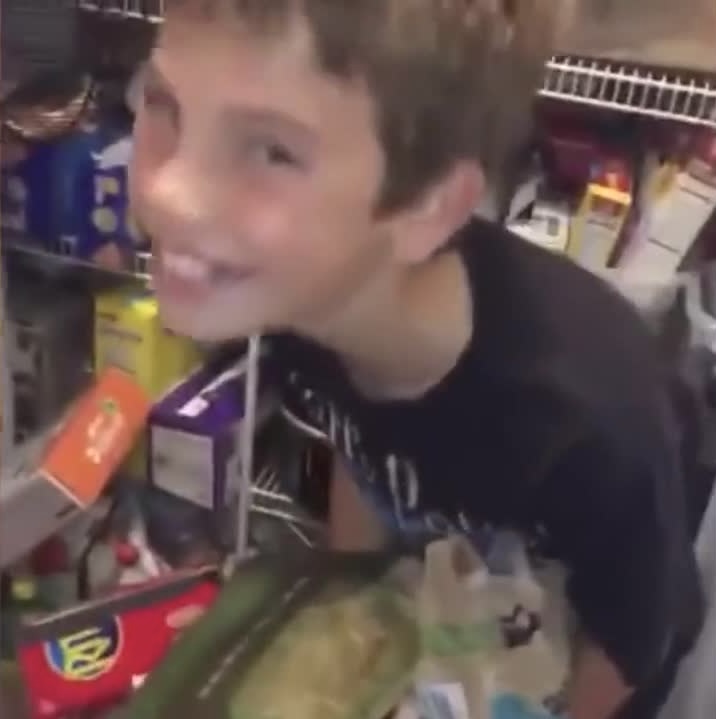Genetics, Biodiversity and Classification
Cards (100)
- What do both DNA and RNA carry?
- What is the primary function of DNA?
- What is the role of RNA in relation to DNA?
- What are nucleotides composed of?
- What are the two types of nucleic acids mentioned?
- What are the components of a DNA nucleotide?
- What are purine bases?
- What are the components of an RNA nucleotide?
- What is the structure of pyrimidine bases?
- How do nucleotides join together?
- What is the structure of a DNA molecule?
- What is the genetic code?
- What is a codon?
- What is a gene?
- What is the locus of a gene?
- What are introns and exons?
- How many nucleotide bases code for how many different amino acids?
- What does it mean that the genetic code is degenerate?
- What are mutations?
- What are start and stop codons?
- Where is DNA found in eukaryotic cells?
- How is eukaryotic DNA structured?
- How many chromosomes do humans have?
- What is a homologous pair of chromosomes?
- What determines the sex of an individual?
- What is an allele?
- How many alleles does an individual inherit for every gene?
- What are the two stages of protein synthesis?
- Where does transcription occur?
- What is the role of mRNA?
- What is the structure of mRNA?
- What is a codon in mRNA?
- What is the structure of tRNA?
- What is the function of the anti-codon in tRNA?
- What happens during transcription?
- What breaks the hydrogen bonds during transcription?
- What is the antisense strand?
- What is the role of RNA polymerase during transcription?
- What happens to the DNA after RNA polymerase moves away?
- What is pre-mRNA?
